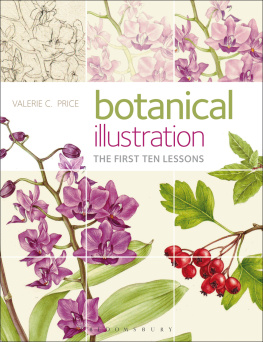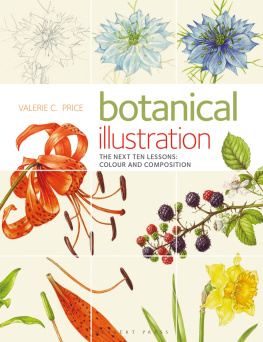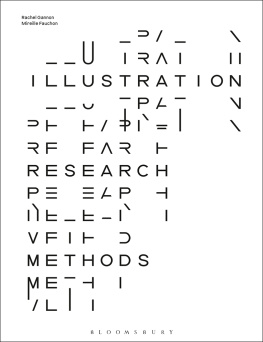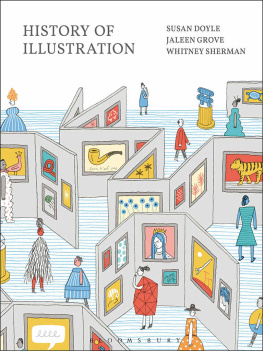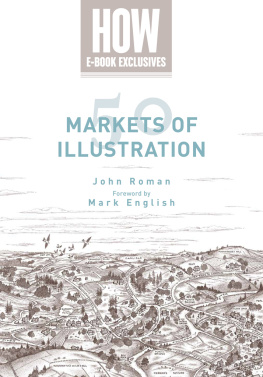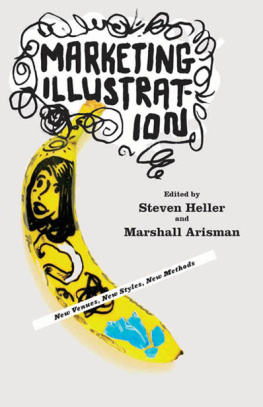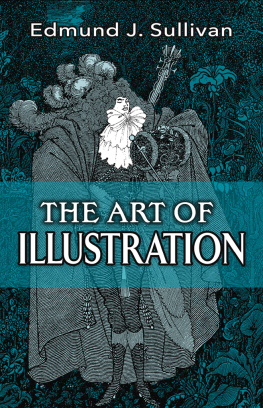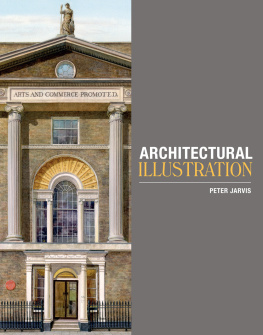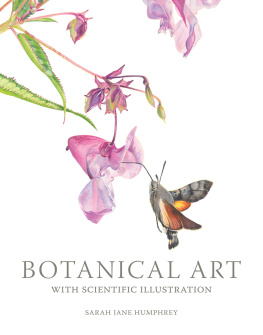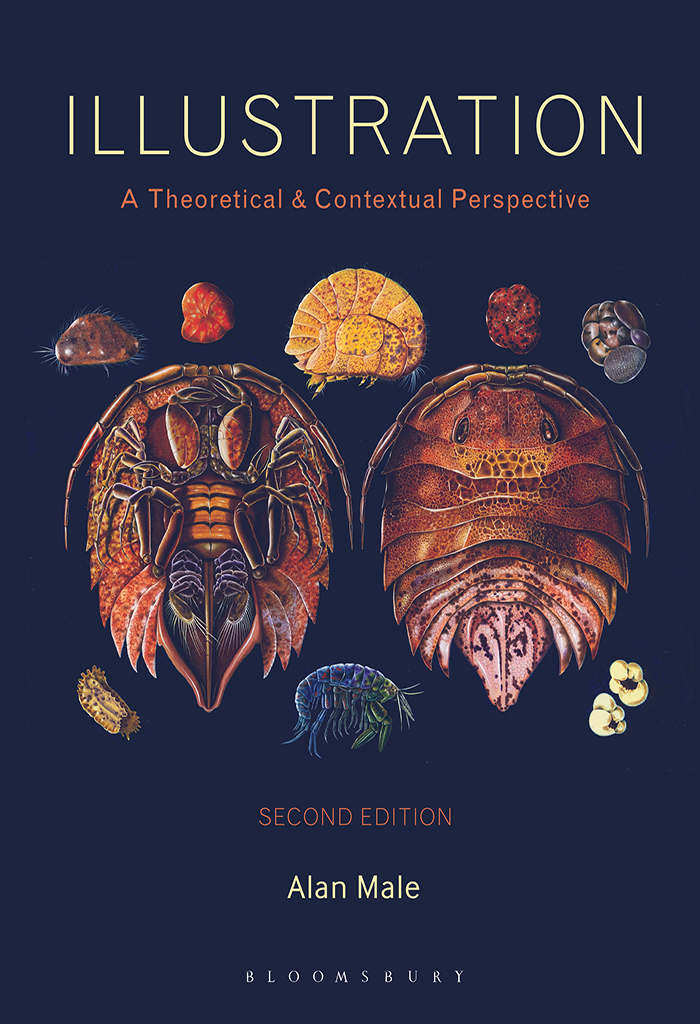

CONTENTS

PREFACE
ILLUSTRATION: A DEFINITION Applied Imagery; a working art that visually communicates context to audience.
This book examines the measure of contextual operation regarding contemporary illustration practice. It also seeks to exemplify theoretical and intellectual processes necessary for the production of accomplished work. It does not emphasize matters of commercial or business practice, nor aspects of media or practical concern such as rendering techniques or technical processes. These issues are best served by volumes specific and dedicated to these subjects. Aimed predominantly at final-year undergraduate and post-graduate students, there is assignation to a defined understanding and application of all modes of project development, including research, subject matter, conceptual processing, context and audience, analysis and visual language.
The discipline of illustration was once an exclusive club, with practitioners remaining firmly within the confines of commercial art. However, the emergence of stock art and the impact and advancement of digital technology have instigated a changing face regarding the discipline of illustration, and many illustrators have had to re-evaluate their practice. Today, there is much emphasis on the acquisition of transferable skills and the ability to multi-task. It is not uncommon for individuals to proclaim a status of illustratorwriter or illustratordesigner, along with some more unusual, varied and disparate combinations.
Illustration practice is not judged purely by visual literacy and technical qualities, but rather is a discipline that engenders the best intellectual engagement with subject matter, problem solving and visual communication. Illustration can also be applied to anything and is not driven purely by fad or trend. The global community is its potential audience.
This book explores the breadth of use for illustration and does not discriminate. It presents a collective of five distinct and separate contextual domains that constitutes the role of illustration: documentation, reference and instruction; commentary; storytelling; persuasion; and identity.
Whilst engaged in what is broadly an objective and pragmatic approach to processes and outcomes, illustrators can and do proactive authorship of and expertise on many aspects of contextual operation. It is this concern that provides a certain platform and underpinning too much regarding an examination of contemporary practice. The notion of illustrator as colouring-in technician must be discarded!
The inclusion of a fourth chapter further emphasizes the importance of interdisciplinary practice, multi-tasking and the significance of the Polymath Principle. There are also 260 fresh images published in this edition; this is to represent the contemporaneous ebb and flow in vogue, context and communication as the discipline of illustration progresses further into the twenty-first century.
INTRODUCTION
In one form or another, illustration has been in existence for centuries, but has only been recognized as a distinct discipline fairly recently. In the USA its importance was recognized by the founding of the Society of Illustrators in 1901, but it is still scorned by sections of the fine art community because of its commercial grounding. As a visual language and medium it has had many loose and disparate descriptions over the years, including painting, engraving, commercial art, cartoons, pictures in books and drawing. It is often confused with other disciplines, most notably graphic design and fine art, perhaps because there is an occasional overlap. However, it has a distinct core that is unlike anything else, and it is this that defines its raison dtre. Illustration is about communicating a specific contextualized message to an audience. It is rooted in an objective need, which has been generated by either the illustrator or a commercial-based client to fulfil a particular task. It is the measure and variety of these different tasks that makes the discipline of illustration such an influential visual language.
Previous generations were informed, were educated or had their opinions swayed by commissioned paintings pictures of glorious victories in battle, scenes of outrageous sporting endeavour, religious icons and heavenly splendour, flattering or deliberately not-so-flattering portraits. Contemporary generations are also greatly influenced by illustration, and because of the media of print, moving images and more recently the digital revolution, accessibility is everywhere. This also defines a distinctive feature of the discipline in that nearly every image classed as illustration is reproduced and distributed often on an international scale. So, what messages are impressed on society by illustration? Most people have been influenced by childrens books. These have been described as holding the key to worlds locked inside the imagination, as well as depicting worlds that exist but cannot be seen. Childrens picture books, whether fiction or non-fiction, feed us attitudes and information and help to develop our visual senses and intellect. The creative possibilities of illustration are limitless. Away from a contextual need for literal truth, illustration becomes unfettered by reality, and ones imagination is free to create images and conjure up atmospheres. An illustration can also shock a newspaper reader into taking notice of a contentious argument, can give a bland, faceless company a new identity and can send any product into a fantasy world that might appeal to a potential buyer.

THE ILLUSTRATOR
What are the qualities, attributes and skills that make for a successful, practicing illustrator? This question is particularly relevant today where there is shifting and blurring of boundaries between disciplines, particularly in the creative and media industries. To begin with, it is widely acknowledged that one of the initial aspects of an illustrators education is the acquisition of practical skills. The operative skills associated with contemporary illustration practice involve the utilization of a range of media, both traditional and increasingly digital for example, promoting oneself by way of a website has become the norm. Sound academic drawing practise is also an essential underpinning for most aspects of illustration, irrespective of the visual language or style one is associated with. The externalization and visualization of concepts and ideas are best deployed by the process of drawing. The application of creative processing to problems of visual communication and the innovative use of design and conceptualization are also essential, facilitated by the natural gift of visual intelligence. It is unfortunate, however, that some commissioning art directors and illustration tutors place importance on the superficiality of visual language and the commercial constraints placed upon it to conform to trends and fashion. In education, the student illustrator is often under pressure to break new ground and push the boundaries of the subject. This usually means the production of so-called innovative mark-making that does nothing to consider the real business of illustration.




